§ Nice Art: Swamp Thing: Green Hell variant cover by Christian Ward.
§ Many apologies for the Beat’s malware-led troubles over the last week or so. A site like the Beat is under constant attack from hackers, and thanks to some unlucky coincidences, they got in this time. Many thanks to the Beat’s amazing tech team at Smartbomb.net – they are top notch and if you are looking for web design I highly recommend them.
One tech note: one of the reasons that it took so long to clean up the site is because the backend is so huge – just by myself I have written over 20,000 posts on this site over the last….16 years. Every scan took most of a day. This is kind of unheard of for a site that is still owned and operated by mostly one person, and I need to do some hard thinking about how to maintain these archives.
In the meantime – consider supporting our Patreon. We have a ways to go to the magic $1000 a month number that will support all of our staff and media efforts and every dollar helps!
There’s a lot to catch up on, so I’m going to be brief.
§ Speaking of Swamp Thing, the muck monster briefly took over Twitter when a now deleted tweet from writer Alex de Campi wondered why the character was popular. de Campi later admitted the original was a shitpost in another now deleted tweet, but a lot of people do like Swampy, flaws and all, as ComicBook.com reported:
We’ve collected some of the responses that Swamp Thing fans posted about the character below, ranging from other notable comic book writers/artists and even just regular fans. What’s clear from the many, many tweets though is that Swamp Thing, despite being a huge, green monster, is a character that many see themselves in and have a ton of empathy for. Whether it’s the Alan Moore/Stephen Bissette/Rick Veitch classic Saga of the Swamp Thing, the short-lived DC Universe TV series, the New 52 reboot of the title, or the most recent take on the material, people can’t get enough of Swamp Thing, as you can see below.
Just another day on these here internets.
§ In another tweet, Tom King mused on his past as a novelist:
Ha. Hand selling my poor-selling novel at a con with no one there to sell it to. But I did get a sketch that day from Fred Hembeck of characters from that poor selling novel. Which was/is insane. Still got it up in my office. So all was/is good. https://t.co/9XBexzpA9e
— Tom King (@TomKingTK) September 17, 2021
§ Slate had a review of Pulp Empire: The Secret History of Comic Book Imperialism, an interesting and disturbing look at comic book propaganda through the ages, most often used to dehumanize American adversaries:
This one is a creation of the State Department’s, during the Cold War. This one interests me, because the U.S. government really wanted to keep comic books away from Western Europe during that time. They thought comic books were the perfect propaganda vehicle for the global South and the decolonizing world, but that comic books were an embarrassment among white audiences in Western Europe. So this was one of these rare comics that was intended for distribution in areas including Western Europe. There was this fear in Europe that American comic books, along with American culture, were washing over the globe. Wherever American soldiers travel, wherever American tourists travel, they leave comic books behind them.
§ Another look at history compares the destruction wrought by the The Comics Code Authority in the 50s with COVID-19 disruption in the current day.
While the pandemic is by no means over, and some stores have gone out of business, the comic book industry is still standing. Through a combination of ingenuity, customer support, charity, federal assistance, and sheer tenacity, most retailers have reopened (or stayed open). This ongoing episode, however, is only the latest in a series of crises that the comic book industry has stared down in its more than eighty-year history. In thinking about the impact of the pandemic on the world of comic books — an existential crisis, to be sure — it is worth remembering that the industry has survived several such challenges before. Perhaps the most significant of all was the introduction of the Comics Code Authority in the mid-1950s. This essay considers these two crises in tandem, and considers the responses and effects of both (thus far, in the case of the pandemic), to contemplate how the past might inform our understanding of the current situation.
§ Speaking of crisis: How Wizard World Used To Market Themselves In 2001. Spoiler: it was gross.
§ The 2021 edition of Lightbox came and went and I didn’t get tow rite about it, but Co-Founder Jim Demonakos still had a lot to say:
What are the challenges and benefits of holding a virtual convention as opposed to an in-person one? Demonakos: The challenge, especially now, is overcoming virtual event fatigue, as there’s a lot of people who don’t want to sit through another Zoom meeting. We try to mitigate that by creating cool programming alongside our artists and sponsors that are genuinely useful and entertaining, enough that you want to be glued to the screen for the weekend of the event. By the same token, doing it online has the benefit of reaching a much more international audience, which has been really gratifying as well, so it’s all a balance.
§ Let’s look back at comics of yore! First Madge’s Magic: A Look at a Forgotten Graphic Masterpiece, old timey comic strip by now forgotten W.O. Wilson.
Madge, the Magician’s Daughter is now an unknown comic even though it was the front-page headliner of a major newspaper’s comic section. The pages reprinted here show an attractive young girl who has difficulties when she tries unsuccessfully to impress her friends by doing magic tricks that she has watched her father perform. As we looked at these pages, we could not help but think of Mickey Mouse in his role as the sorcerer’s apprentice. Wilson’s strip appeared 30 years before the Disney version, which was based on the traditional German fairy tale interpreted as a poem by Goethe in 1779. Perhaps Goethe’s poem also inspired Wilson when he created the comic strip’s central device.
§ Meanwhile, cartoonist Eddie Campbell teamed up with Barnacle Press to solve a comics mystery: who drew the 1905 comic Lucy and Sophie Say Goodbye.
We, the Barnacle Brothers and I, solved a hundred and fifteen year old comics mystery. And appropriately, the solution was funny. https://t.co/HgKhAp7Q3u
— Eddie Campbell (@ecampbelldammit) September 1, 2021
The solution involves someone named Cholly Cashcaller, and you can follow along with the investigation in the above Twitter thread. Now, while searching for 115 year old cartoonist is the most on brand thing Eddie Campbell could possibly do, this entire affair had a whiff of “Charlie Chan Hock Chye/Kalo” to it, but it seems Cashcaller was a real person, as this post in the telltale vibrant orange of mid decade Blogger reveals.
§ Somehow while I was digging around the above, I fell upon this blog by Karl Heitmuller Jr that collects photos of kids reading comics, and Hey Kids Comics spinner racks.
Over the years, I’ve purchased comic books in almost every way possible. I’ve subscribed to books at my local comic shop. I’ve foraged at flea markets and ordered them online. I’ve bought them at bookstores and traded with friends (I’ve yet to download an e-comic, and doubt I will, being the olde fart that I am). But of all of them, my favorite comics buying experience remains my first: picking them off the spinner and wall racks at a newsstand or drugstore. I named my comic strip about comics PRINCE STREET NEWS after the stand in downtown Lancaster, PA that my father took me to when I was a kid in the 1970s. As I expound upon in my completed, but long-languishing in unpublished limbo book, COLLECTOR’S EDITION (it’s coming, somehow, some way, I promise), Prince Street News featured two giant, facing wall racks of comic books that formed a veritable Sistine Chapel of geekdom to my forming Id.
§ Chloe Maveal looks at Skin, a disturbing graphic novel by Peter Milligan, Brendan McCarthy and Carol Swain about a victim of thalidomide – and warning many disturbing images in the essay:
SKIN tells the story of Martin Atchitson (or “Martin ‘Atchet,” as the characters in the book refer to him), a young skinhead in the UK during the 1970s, born with the limb-shortening deformity phocomelia as a a result of his mother taking the drug Thalidomyde during pregnancy. Martin is, for all intents and purposes, the perfect mold of late 1970s British skinheads: a chip on his shoulder, shaved head, and an incredibly short fuse when it comes to the world around him and the people in it. Compounded further by his own limitations such as “being unable to wank,” as pointed out by his skinhead cohorts, or even secure his own braces, Martin’s anger becomes a beacon within the story, even outside of the normal violence associated with skinhead youth.
§ Shifting VIOLENTLY to the present, Brian Heater talks to Simon Hanselmann about Crisis Zone, his Eisner winning zeitgeist comic:
I was just sort of on the seat of my pants, really. Just flying about. When I started Crisis Zone, I was just like, “okay, I’m gonna do a webcomic, finally. Everyone’s trapped in their houses, free entertainment. I’m a wartime poet, U.S.O. show. Let’s entertain the troops, do it for the kids.” And I thought it’d be about 30 pages long, then the pandemic would wrap up and, I could get back to my normal work. But I enjoyed doing it. I enjoyed all the feedback. People all over the world are loving it. It felt like I was doing a live TV show — something like SNL every day. It morphed as it went on.
§ Also from Publishers Weekly, Literary Agents Assess the Middle Grade Landscape and kids graphic novels remain hot.
A flurry of formats In terms of format, agents indicate that the graphic novel is as hot as ever in middle grade. “I’m seeing a lot more desire for graphic novel formats,” Le says, “which is great for reluctant readers.” At Serendipity, “The graphic novel was prevalent in my inbox,” Brooks says. “Our agency now reps the Black Comics Collective, which is made up of more than 40 writers and illustrators, and they are aggressively developing books for the middle grade market.” She adds, “Not to be overlooked are novels in verse: lyrical, literary, and bounce-to-the-beat rhyme.” In addition to graphic novels, Von Borstel says, “We’re also seeing tons of interest in illustrated middle grade fiction and nonfiction, like Celia C. Perez’s The First Rule of Punk, which is filled with handmade zines. Just out this summer, Lisa Congdon’s The Illustrated Encyclopedia of the Elements combines scientific information with a visually stunning tour of the periodic table.”
§ And also a promising look at book sales in the first half of 2021:
HC CEO Brian Murray attributed the healthy gains in fiscal 2021 to higher consumer spending on books worldwide, saying that he has never seen such sustained increase in book buying in his more than 25 years in publishing. “The Covid tailwinds are real,” he added. Sales were up across all formats, and Murray was particularly heartened by strong growth in print sales in the U.S., which he believes is another sign book reading in general is on the upswing. At Penguin Random House, profits soared 55.1% in the first half of 2021 over the first half of 2020, reported parent company Bertelsmann, while sales increased 10.9%. Total revenue for the period was €1.80 billion, or about $2.1 billion, up from €1.63 billion, while operating EBITDA (earnings before interest, taxes, depreciation, and amortization) jumped to €324 million, from €209 million a year ago. Sales in the U.S. increased 8.7%, to €1.08 billion.
§ ICV2 chatted with Dark Horse’s CEO Mike Richardson on Dark Horse’s 35th Anniversary. And the great product disruption of 2021 is here.
What was the COVID impact on the art book market?
The only problem we have right now is not the sales, the sales are great. The one problem we’re having is getting product here. I flew over LA about three weeks ago, and the cargo ships outside the port down there were lined up out into the ocean. I don’t know, there may have been 40 or 50 ships just waiting to be unloaded. My understanding while I was down there, talking to some people that had knowledge, was that they can’t even find enough people to come and unload the containers, which is one of the problems.So we’re having some slowdowns, and the cost has gone way up. At the start of the year, I think we were paying about $4,000 a container. I think recently, that’s gone up as high as $28,000 a container.
§ Austin English looks back at Dylan Williams, a truly seminal and much missed figure in indie comics;
Dylan Williams passed away ten years ago on September 11th, 2011. It was one of the worst days imaginable for so many people in comics, simply because Dylan was of (words can’t describe it) vast importance to a legion of cartoonists, artists and loved ones: as a friend, as an artist, as a mentor, as an example, as everything that he was. Over the years, the clearest thing about Dylan that occurs to me with greater force every day is how much of his thinking and ideas have become more and more important over time to me and many others. Dylan influenced, in a radically positive way (this can’t be overstated) everyone around him, although his actions were the reverse of saccharine. He expected a lot of people and of the world, and took pragmatic action every day of his life (making comics the way he passionately believed they should be made, putting obtuse comics he published into the mail relentlessly, spending hours on the phone with artists in his life who he felt needed to hear something that may be of value to them at a specific moment) to be an agent of that expectation in his chosen world, comics. The culture hovering around comics deeply frustrated him, but he never became cynical in action, he kept in the game with greater intensity every moment he could. I think, in this moment, while there is much in comics that would revolt him, there’s quite a bit of his ideals still wildly in play.
§ And Montreal outsider artist Henriette Valium has passed away:
It’s been three days since Henriette Valium (or Mister Patrick Henley) has passed away and my Facebook feed is still completely filled with memorials and pictures in reaction to his early death at 62. I have never seen such an outpouring of emotions in my life over an artist’s death (and it continues apace as I write this obituary). Henriette Valium, often described as Le pape de l’underground (the pope of Montreal’s underground), had been a beacon of inspiration and resilience for local comix artists for 40 years.
§ Top 5 Milestone Comics – what it says.
§ And we’re getting to oral histories of the Aughts now with Fantastic Four: The oral history of the iconic run by Mark Waid and Mike Wieringo
From 2002 to 2005, writer Mark Waid and the late artist Mike Wieringo, alongside inker Karl Kesel and an editorial team led by Tom Brevoort, embarked on a 35-issue run as the creative force behind the Marvel Comics’ Fantastic Four title. Waid’s involvement was somewhat ironic, as he was shaping an FF tenure that would later be placed in the rarefied air of Stan Lee and Jack Kirby’s initial efforts after having a rocky relationship with Marvel’s first family as a fan.
§ Ikea is making a line of furniture for gamers. That chair looks comfy and I could use it about now. There is also a neck pillow and I also want that. Writing 20,000 blog posts is as tiring as gaming.
A better gaming experience by IKEA and ROG Get ready to take your gaming to the highest level with our stylish new gaming furniture and furnishings line made in collaboration with Republic of Gamers (ROG). From gaming desks and chairs, to gaming storage so you can organize all your essential gear, it’s time to create your perfect gaming setup! Arriving in stores and online October 2021. Check back for details. Game. On.
§ Meanwhile, this hack for the Kallax called LAX RAX has been Kickstarted for more than $300,000. It’s a system for storing board games in the iconic square shelving units. In my day we just piled ’em up, but we need better facilities now. Is there a way to convert the Kallax to contain comics somehow?
§ Here’s a big blow for Marvel: ‘Shang-Chi’ may not be released in China, due to the Chinese crackdown on everything, really, and perceived slights such as Simu Liu drinking an offensive beverage.
For such critics, even a light-hearted GQ video about Liu’s favorite Asian snacks is evidence of his offensive politics. In the clip, Liu praises a lemon tea drink made by Hong Kong beverage firm Vitasoy. He likely didn’t know that two months ago, millions of outraged mainland consumers had called for a boycott of the company for being “anti-China.” Against the backdrop of recent pro-democracy protests, the company had expressed condolences to the family of a Hong Kong employee who stabbed a policed officer and then died by suicide.
This is a total bummer for Disney because you have to think when this film was planned, a big box office in China was part of the outline.
§ But it’s still doing well in the US, with a third week atop the box office foreseen.
In pre-COVID times, it wouldn’t have been particularly notable for “Shang-Chi” to hit $200 million in North America. But given the state of moviegoing during the pandemic, the film’s box office revenues have been encouraging to Disney. “Shang-Chi” is one of the studio’s few releases to debut only in theaters (rather than day-and-date on Disney Plus), a method it plans to continue through the remainder of 2021 with films including Marvel’s “Eternals” and Steven Spielberg’s “West Side Story” remake. Among new releases, “Cry Macho” will likely pull ahead of “Copshop, but both films are targeting single-digit debuts.
§ I don’t know what PROTOWORLD is but it is cute.


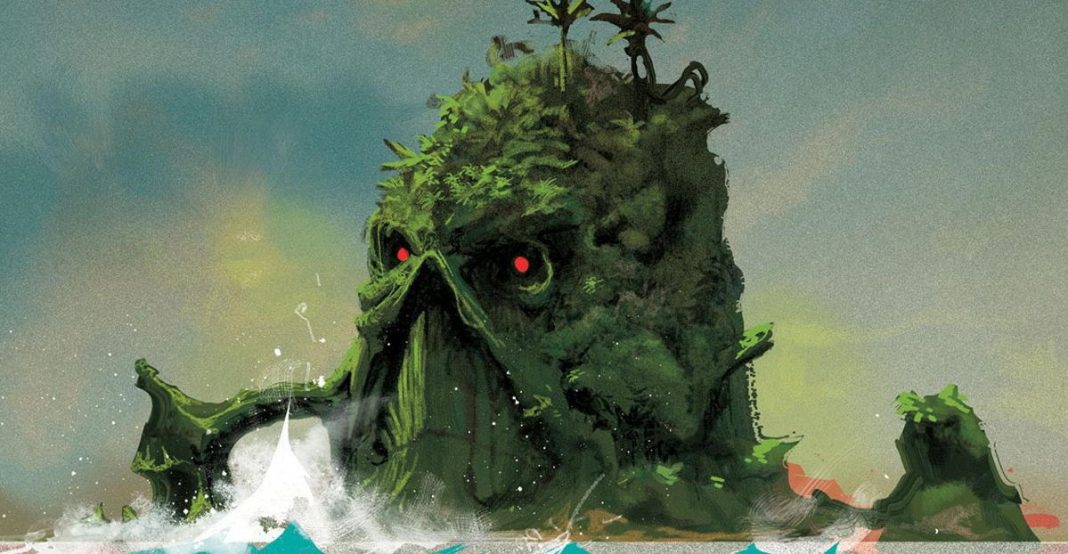
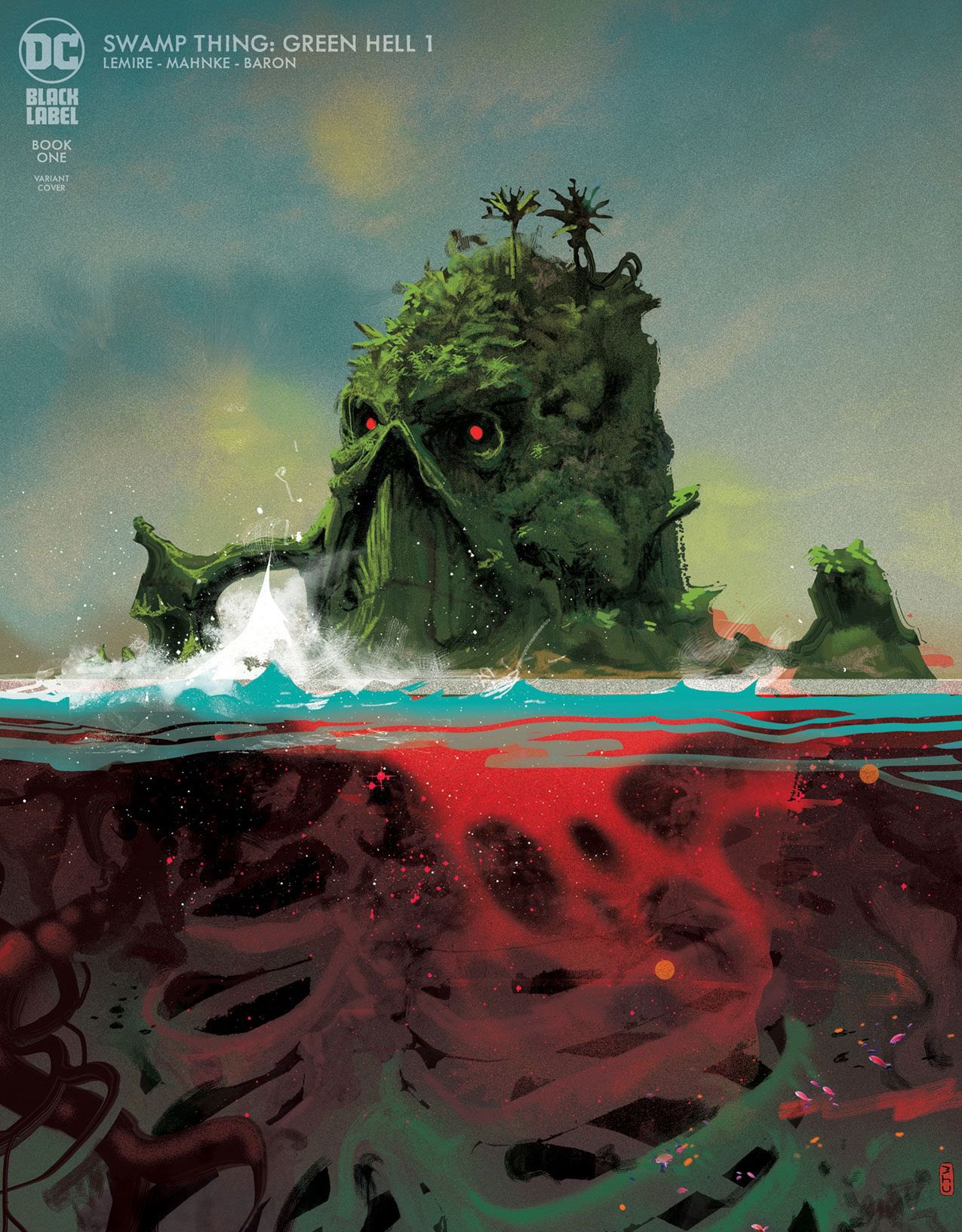
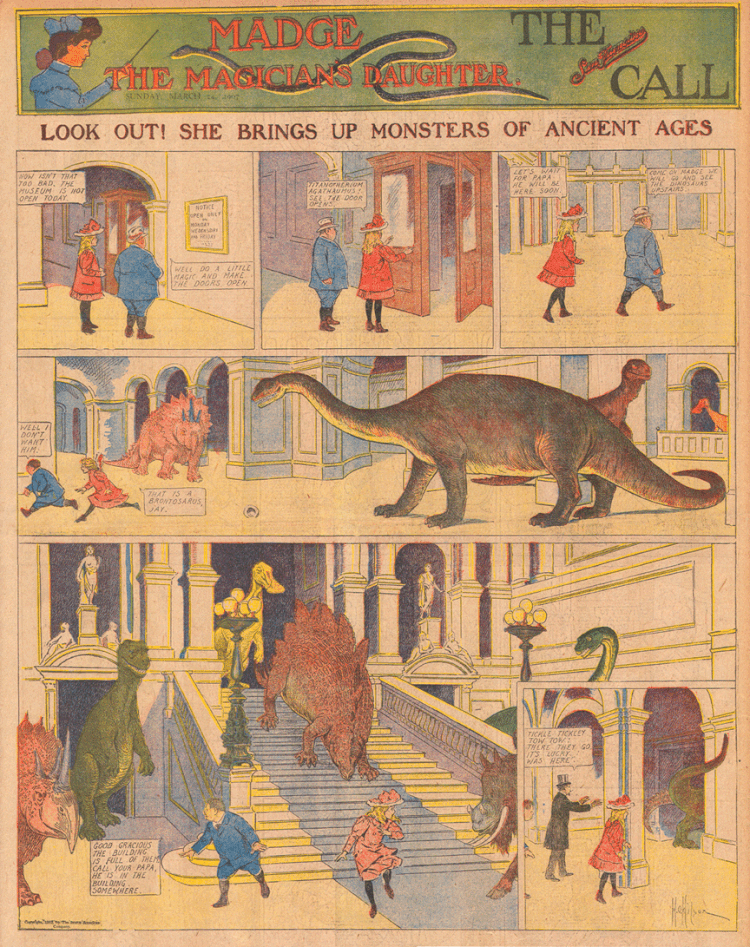
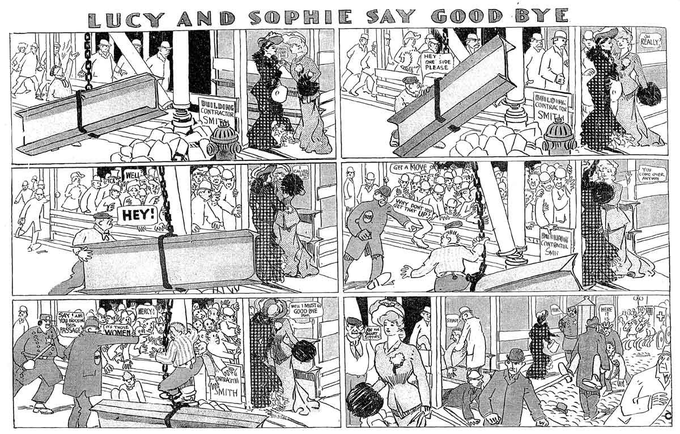
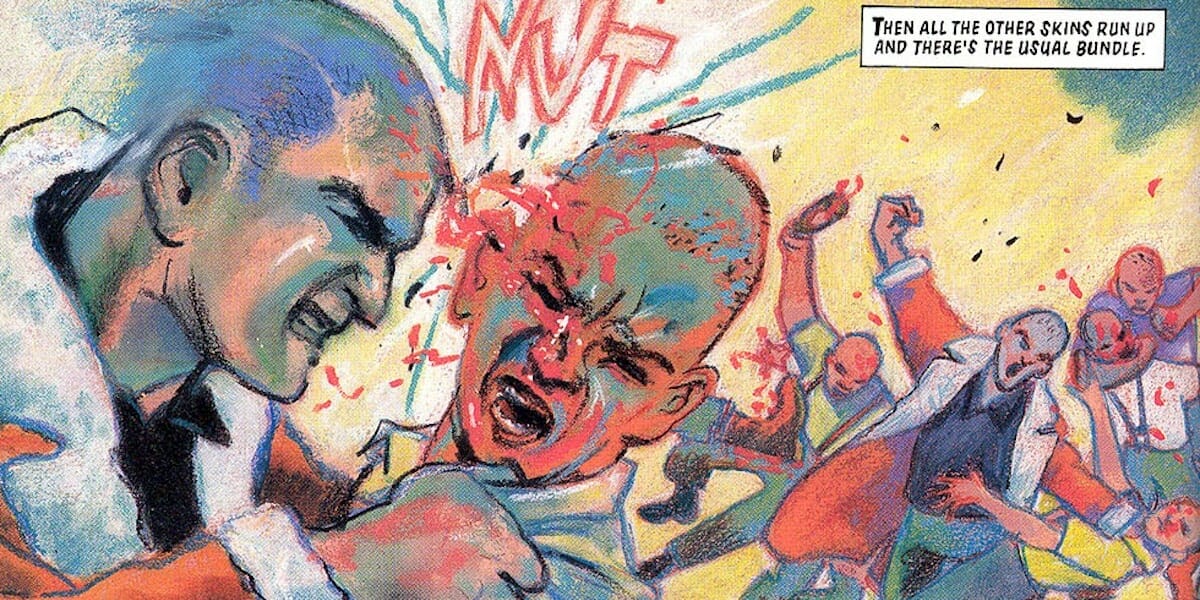


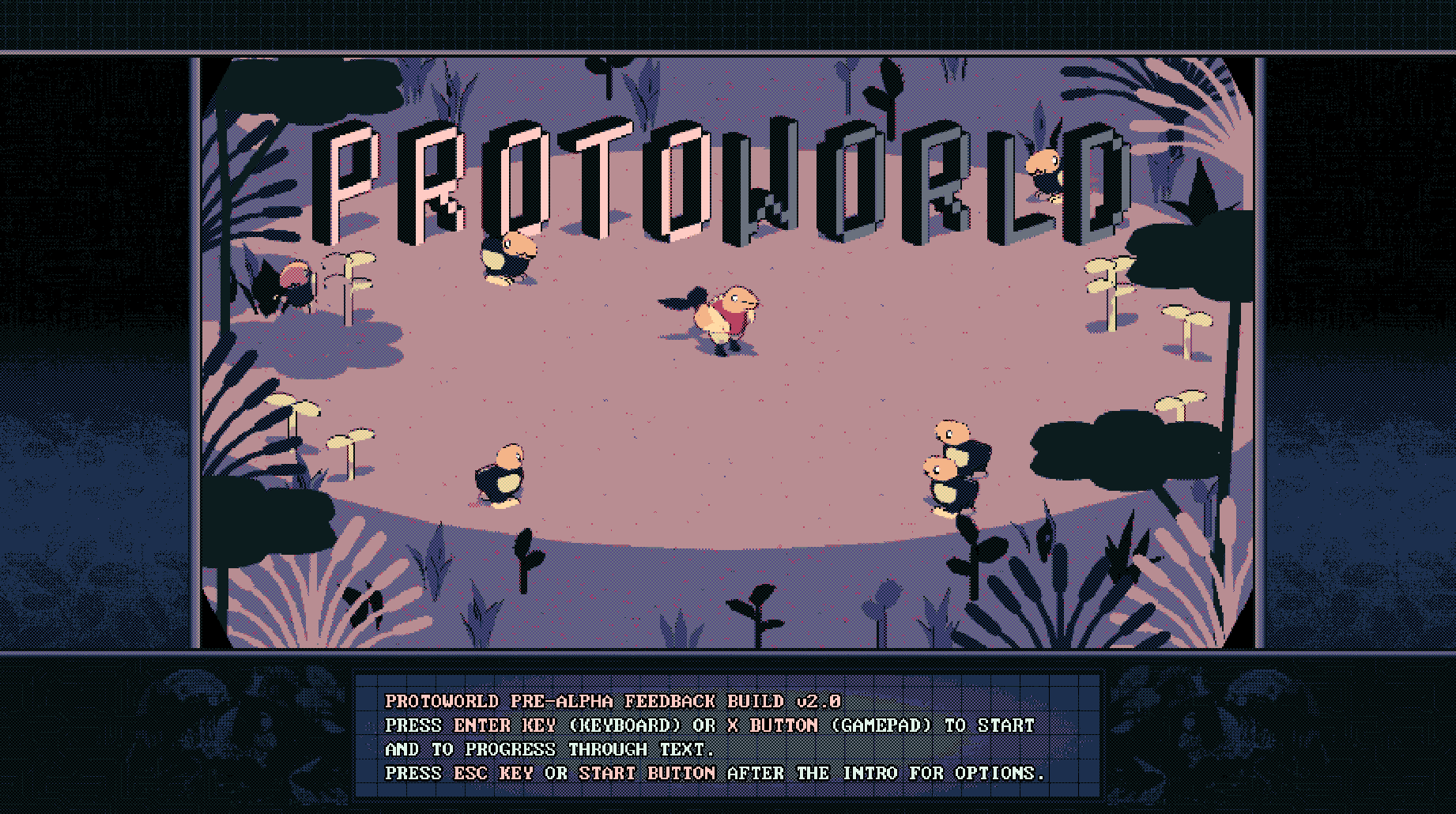


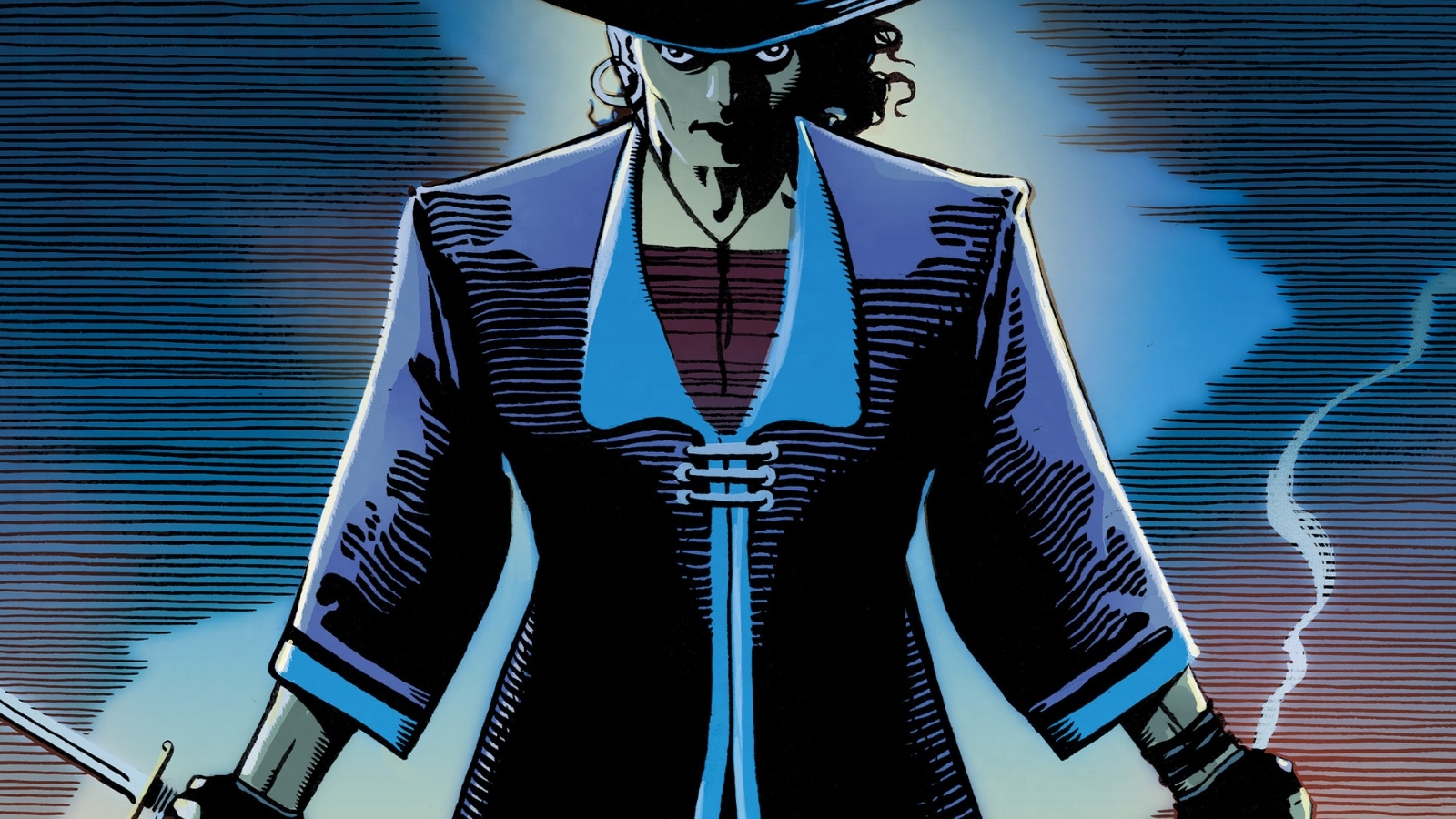


Thanks for the shout-out, Heidi (but you spelled my name wrong! It’s “Heitmueller”)… there’s way more on my blog than those galleries, but they are a highlight, I will admit. Nice to see The Beat back up and running.
Comments are closed.